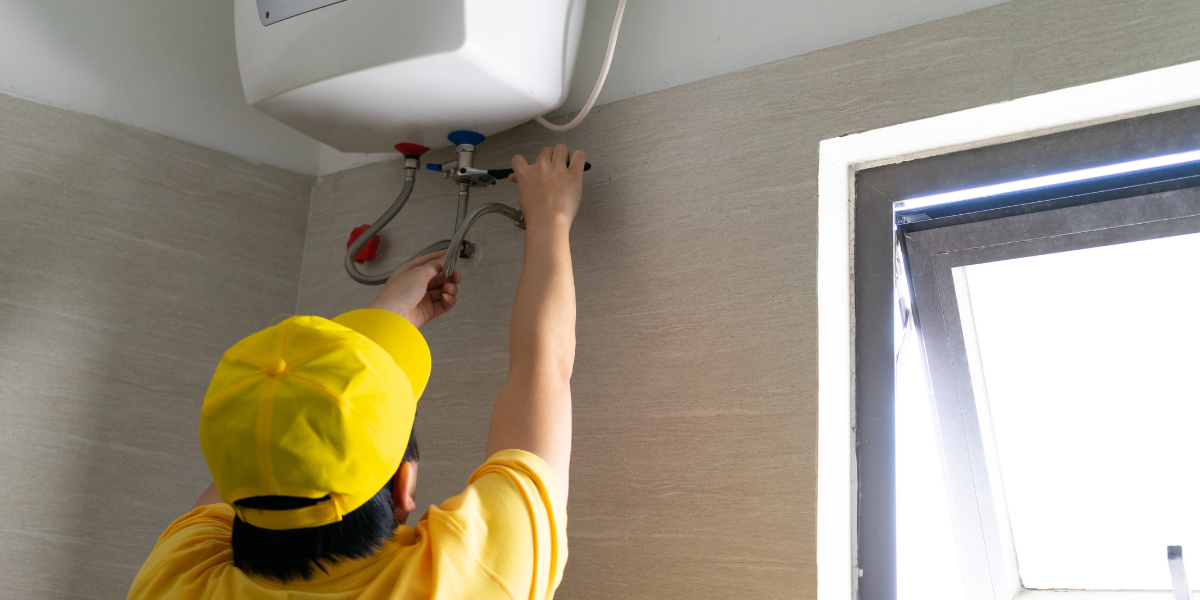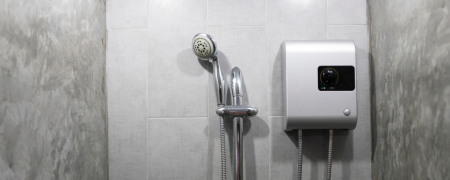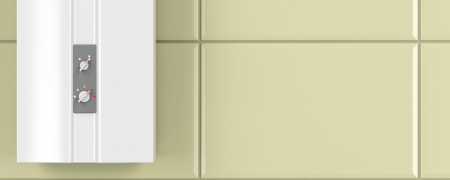Electric Water Heater Installation

Electric Water Heater Installation: A Step-by-Step Guide
Table of Contents
- Introduction
- Safety Precautions
- Tools and Materials
- Installation Steps
- 4.1. Turn Off Power and Water
- 4.2. Drain the Old Water Heater
- 4.3. Disconnect the Old Unit
- 4.4. Prepare the New Water Heater
- 4.5. Install the New Water Heater
- 4.6. Connect Wiring
- 4.7. Fill and Test the Water Heater
- Troubleshooting
- Frequently Asked Questions (FAQs)
- Conclusion
1. Introduction
Installing an electric water heater is a practical and cost-effective way to ensure a steady supply of hot water in your home. Whether you’re replacing an old unit or installing a new one, this step-by-step guide will help you with the installation process. Please note that this guide assumes you have a basic understanding of electrical and plumbing work. If you’re unsure, it’s advisable to seek professional assistance.
2. Safety Precautions
Before you begin the installation, ensure your safety by taking the following precautions:
- Turn off the electrical power to the water heater at the circuit breaker.
- Turn off the water supply to the old water heater.
- Allow the old water heater to cool down to avoid burns.
- Use proper personal protective equipment, such as gloves and safety glasses.
3. Tools and Materials
Gather the necessary tools and materials for the installation, which may include:
- New electric water heater
- Adjustable wrench
- Pipe wrench
- Screwdrivers
- Pipe cutter
- Pipe thread sealant
- Teflon tape
- Copper or flexible water supply lines
- Wire connectors and electrical tape
- Wire strippers
- Voltage tester
- Hacksaw
- Pipe insulation
4. Installation Steps
Follow these steps for a successful electric water heater installation:
4.1. Turn Off Power and Water
- Turn off the power to the old water heater at the circuit breaker.
- Turn off the water supply to the old unit.
4.2. Drain the Old Water Heater
- Connect a garden hose to the drain valve at the bottom of the old Electric Water Heater Installation.
- Open the pressure relief valve and the drain valve to allow water to drain into a suitable drainage area.
4.3. Disconnect the Old Unit
- Disconnect the electrical wiring from the old water heater.
- Disconnect the water supply and the hot water outlet pipes.
- Remove the old water heater.
4.4. Prepare the New Electric Water Heater Installation
- Ensure the new water heater is in the correct position.
- Install dielectric unions on the cold and hot water connections.
- Apply pipe thread sealant or Teflon tape to the threads of the water heater’s connections.
4.5. Install the New Water Heater
- Position the new water heater and connect the cold and hot water supply lines.
- Tighten the connections using an adjustable wrench.
- Open a hot water tap in your home to release air from the tank as it fills.
4.6. Connect Wiring
- Connect the electrical wires to the water heater according to the manufacturer’s instructions.
- Ensure all connections are secure and properly insulated.
4.7. Fill and Test the Water Heater
- Turn on the water supply and fill the water heater.
- Open a hot water tap to release air until a steady stream of water flows.
- Turn on the power at the circuit breaker.
- Monitor the water heater for leaks or unusual noises.
5. Troubleshooting
If you encounter issues during or after installation, consult the manufacturer’s manual or seek professional assistance. Common issues include leaks, electrical problems, and insufficient hot water.
6. Frequently Asked Questions (FAQs)
6.1. Can I install an electric water heater myself?
While it is possible to install an Electric Water Heater Installation heater yourself, it requires plumbing and electrical skills. If you’re unsure, it’s best to hire a professional.
6.2. How long does an electric water heater installation take?
The installation time can vary but typically takes a few hours to complete.
6.3. What should I do if I smell gas near my electric water heater?
Electric Water Heater Installation Installation do not use gas. If you detect a gas odor, it may be coming from another source, and you should contact your gas utility company immediately.
7. Conclusion
Installing an Electric Water Heater Installation can provide your home with a reliable source of hot water. Following the steps outlined in this guide will help you complete the installation successfully. Remember to prioritize safety, and if you’re uncertain about any aspect of the installation, it’s wise to consult a professional.




Leave a Reply